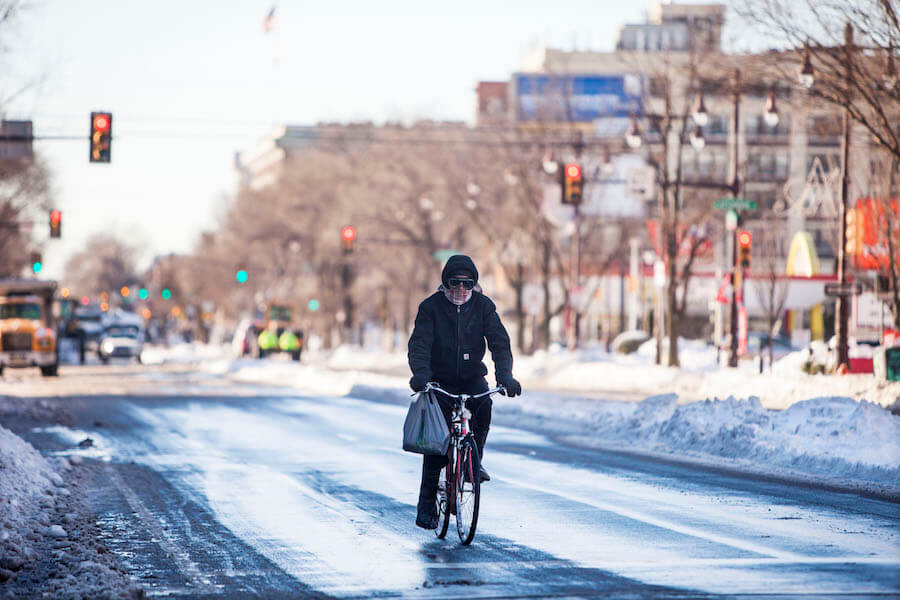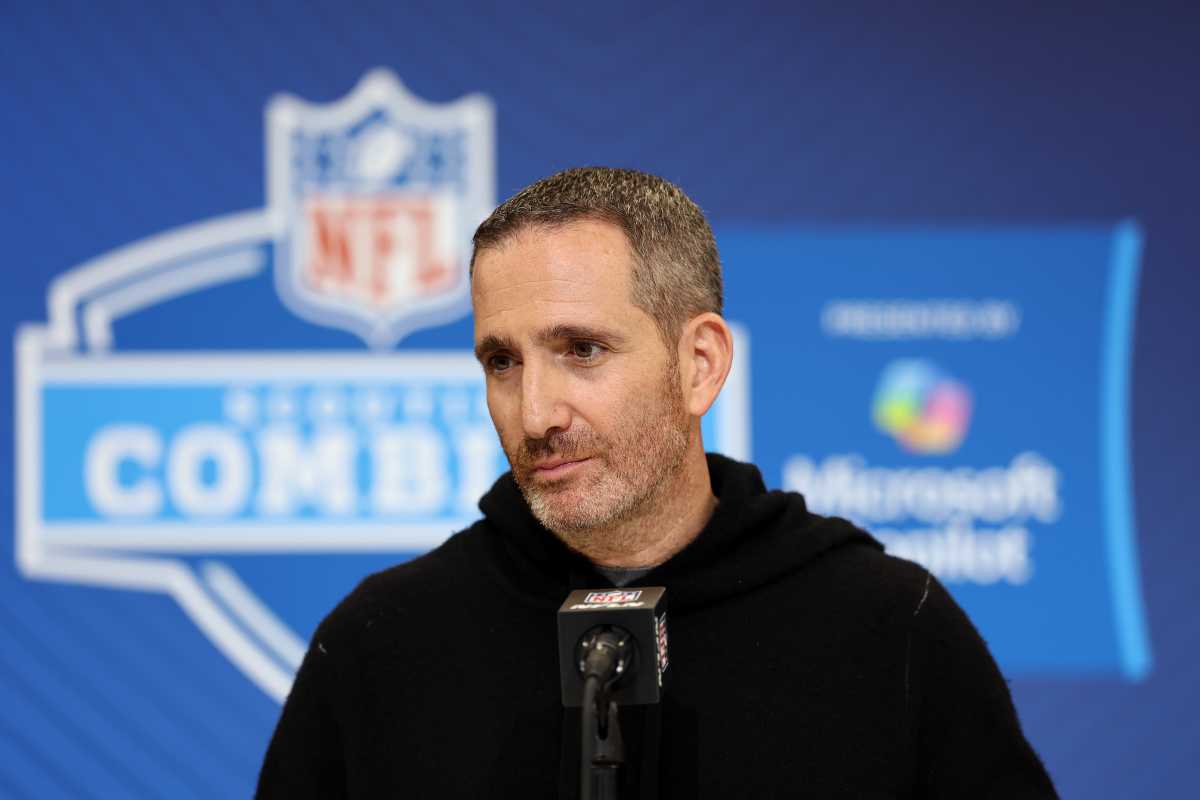According to statistics the Philadelphia Police Department provided to the Bicycle Coalition of Greater Philadelphia, 96 people were killed in traffic crashes in 2017, 40 of whom were pedestrians and three of whom were bicyclists.
The number of traffic deaths represents a decline from 2016, when 103 people were killed.
But the number of deaths is still way too high, and the increase in pedestrians and cyclists as a percentage of total deaths — 45 percent in 2017, compared to about one-third in most years — is alarming.
The increase in pedestrian deaths, especially as a percentage of total traffic deaths, is a nationwide trend, unfortunately.
The Governors Highway Safety Association actually found that the number of pedestrians killed in traffic increased 11 percent between 2015 and 2016, the most recent national statistics available. Those 2016 pedestrian deaths represented the highest percentage of people killed while walking since 1990.
Why is this happening? Partially because more people have been driving motor vehicles as the economy has gotten better, and partially (perhaps even more so) because people are increasingly distracted by their cell phones, surfing the net, texting their friends, scrolling through Instagram and playing Candy Crush, all while driving. A 2017 study by Cambridge Mobile Telematics, which creates driving applications for car insurance companies, found that a quarter of drivers involved in crashes were on a cell phone within a minute of their crash.
Additionally, according to the Police Department, speed is also a terrible problem amongst Philadelphia’s motorists.
Studies and statistics show that, in a crash at 40 mph, a pedestrian has a 90 percent chance of dying. When hit at 20 mph, their chances of death are just 10 percent. And most traffic deaths are, in part, caused by speed.
It will take additional infrastructure to make motorists drive at the speed limit, which is especially important, considering many drivers are taking selfies while operating 3,000-pound machinery.
When 2017’s numbers throughout the country are released next year, there will likely reveal a similar trend of pedestrian deaths in metropolises, like we did in 2016. According to the Bangor Daily News, in Bangor, Maine, more pedestrians were killed by vehicles in Bangor in 2017 than any year since 1994, for example.
And where’s the exception? Cities that have embraced Vision Zero, which is the legislative effort to use engineering, education and enforcement practices to bring traffic deaths down to zero. In New York City, for example, pedestrian deaths hit an all-time low in 2017.
“Vision Zero is working. The lower speed limit, increased enforcement and safer street designs are all building on each other to keep New Yorkers safe,” said New York City Mayor Bill de Blasio in a recent press release.
Can Philadelphia turn the tide? Sure. But it’s going to involve a speeding up of Vision Zero projects in our city to make it happen. And in the meantime, last year’s traffic violence data shows that the city needs to move faster toward Vision Zero.
Randy LoBasso, bike columnist for Metro Philly, is the communications manager for the Bicycle Coaltion of Greater Philadelphia.




























